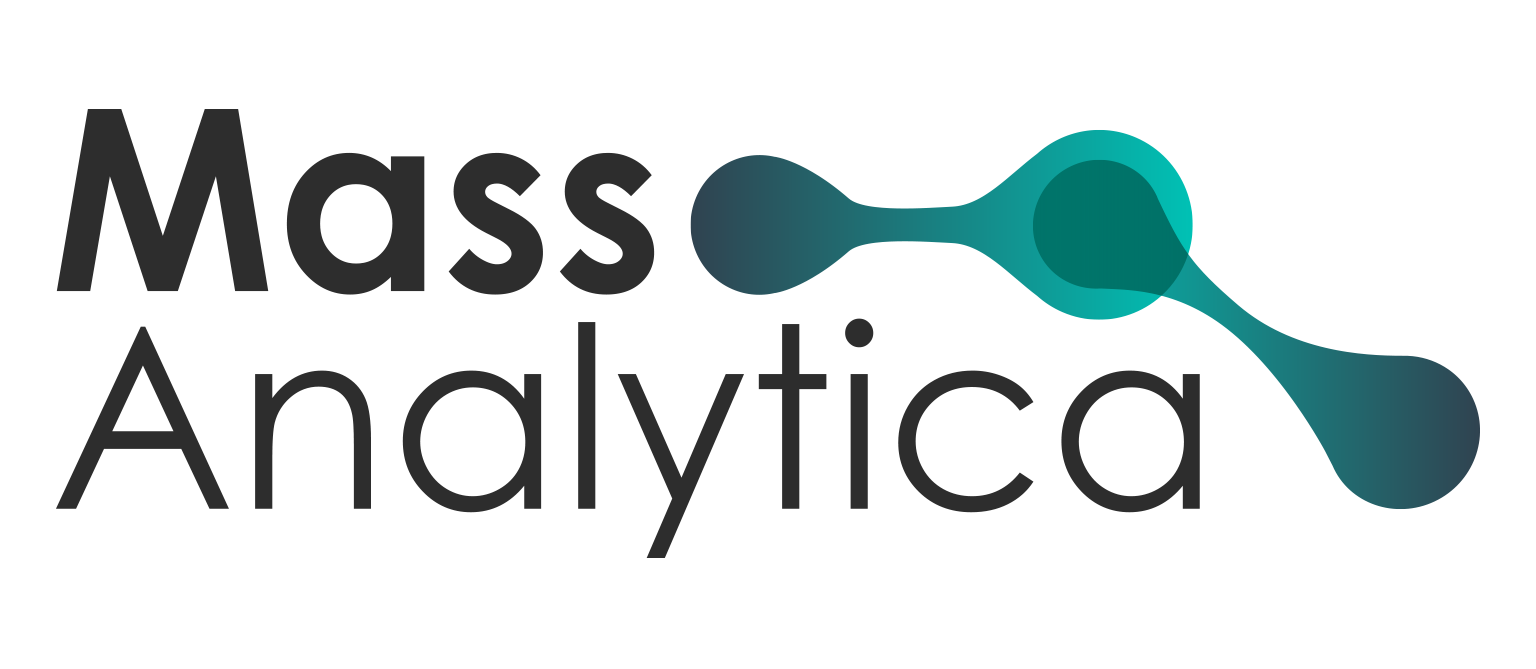MALDI-2-Enabled Oversampling for the Mass Spectrometry Imaging of Metabolites at Single-Cell Resolution
August 13, 2024
Jayden C. McKinnon, Rachelle Balez, Reuben S.E. Young, Mikayla L. Brown, Jeremy S. Lum, Liam Robinson, Mikhail E. Belov, Lezanne Ooi, Sara Tortorella, Todd W. Mitchell, Shane R. Ellis*
Abstract
Matrix-assisted laser desorption/ionization mass spectrometry imaging (MALDI-MSI) can provide valuable insights into the metabolome of complex biological systems such as organ tissues and cells. However, obtaining metabolite data at single-cell spatial resolutions presents a few technological challenges. Generally, spatial resolution is defined by the increment the sample stage moves between laser ablation spots. Stage movements less than the diameter of the focused laser beam (i.e., oversampling) can improve spatial resolution; however, such oversampling conditions result in a reduction in sensitivity. To overcome this, we combine an oversampling approach with laser postionization (MALDI-2), which allows for both higher spatial resolution and improved analyte ionization efficiencies. This approach provides significant enhancements to sensitivity for various metabolite classes (e.g., amino acids, purines, carbohydrates etc.), with mass spectral intensities from 6 to 8 μm pixel sizes (from a laser spot size of ∼13 μm) being commensurate with or higher than those obtained by conventional MALDI at 20 μm pixel sizes for many different metabolites. This technique has been used to map the distribution of metabolites throughout mouse spinal cord tissue to observe how metabolite localizations change throughout specific anatomical regions, such as those distributed to the somatosensory area of the dorsal horn, white matter, gray matter, and ventral horn. Furthermore, this method is utilized for single-cell metabolomics of human iPSC-derived astrocytes at 10 μm pixel sizes whereby many different metabolites, including nucleotides, were detected from individual cells while providing insight into cellular localizations.
© 2024 American Society for Mass Spectrometry. Published by American Chemical Society. All rights reserved.
